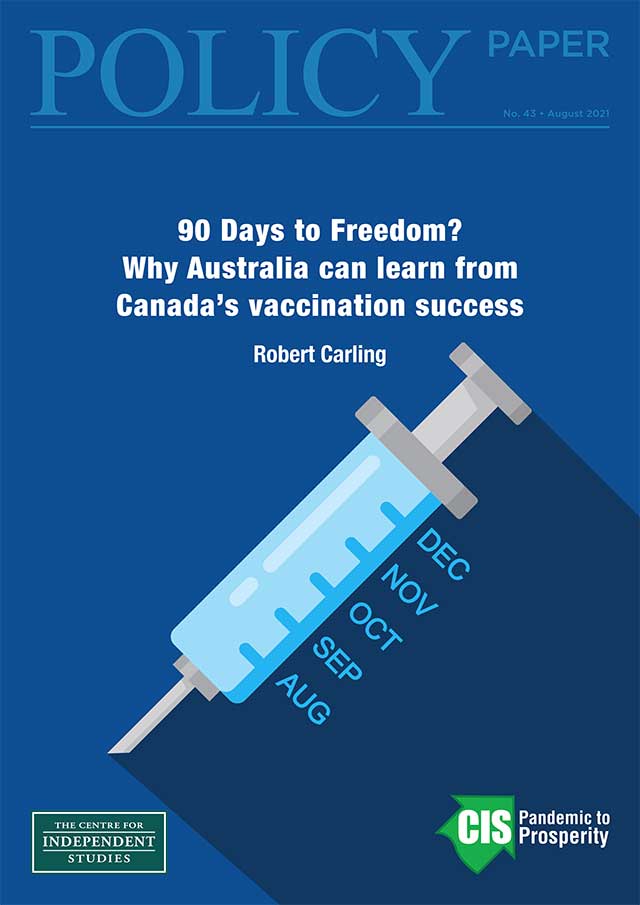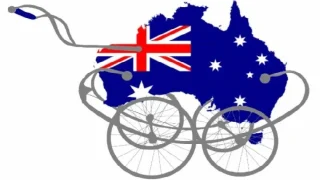
Predictions have been made by the Doherty Institute and others that Australia will achieve full vaccination of 70% of the eligible population by the end of October and 80% by mid-November, thereby meeting the thresholds for liberalisation of restrictions set by national cabinet.
Doubts that have been expressed about these predicted vaccination levels are unwarranted. Basic modelling and comparisons with other countries — particularly Canada — show that such projections are very plausible considering the recent strong acceleration in doses administered and the expected dramatic increase in vaccine supply during September and the remainder of 2021.
While there are risks to both demand and supply, these risks should not form part of the base case. The federal and state governments should be doing everything to manage the risks. With a more concerted effort, the dates projected by Doherty could be bettered. The costs of restrictions are such that every day counts.
The biggest risk to the outlook is not the failure to reach thresholds for full vaccination but that governments will be excessively cautious in easing restrictions once the thresholds are reached.
What Australia can learn from Canadian vaccination rates: Introduction
On 30 July 2021, the national cabinet announced an in-principle agreement on thresholds of 70% and 80% full vaccination of the eligible Australian population (age 16 and above) to trigger phases B and C of a four-stage plan to phase out economic and social restrictions while living with some ongoing level of Covid-19 infection in the community.[i] It did not take long for doubts to be expressed by some experts in epidemiology and general commentators that 80% coverage — or even 70% — could be achieved this year or ever, implying that the current national purgatory of short and long lockdowns, gross uncertainty and huge economic and social disruption will continue into 2022.
This bleak assessment stands in contrast to the modelling by the Peter Doherty Institute for Infection and Immunity that informed the national cabinet’s decision.[ii] The modelling estimates that under current parameters for the vaccine distribution the 70% threshold will be reached on 1 November and 80% on 22 November. With some tweaking of the parameters — such as making the Astra Zeneca (AZ) vaccine widely available at all ages down to 40 and shortening the interval between AZ doses from 12 weeks to 8 — these dates could be brought forward by two weeks.
So yes, according to Doherty, 80% could be reached as soon as 8 November. The analysis by Doherty envisages that some social distancing measures could continue to be needed even with 80% vaccinated, but broad lockdowns would become a thing of the past and international travel freed up at least for vaccinated people.
The matter of who is right — Doherty or the doubters — is of utmost importance because for every day normalisation is delayed the costs are extremely high. Indeed, the costs are so high that if it were possible for governments to accelerate the vaccination process by incurring additional budgetary expenses the pay-off would be very high.
Also by Robert Carling: Attitudes to a post-Covid Australia
SELECTED REFERENCES
National Plan to Transition Australia’s COVID-19 Response
Doherty Institute Modelling Report for National Cabinet, 3 August 2021









